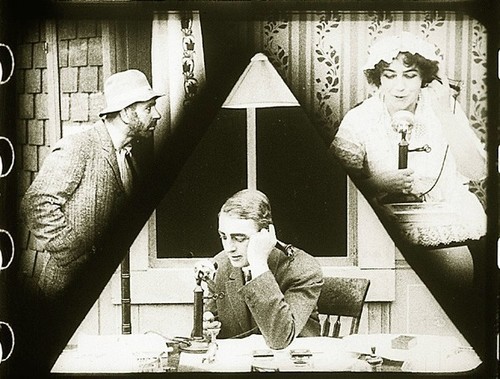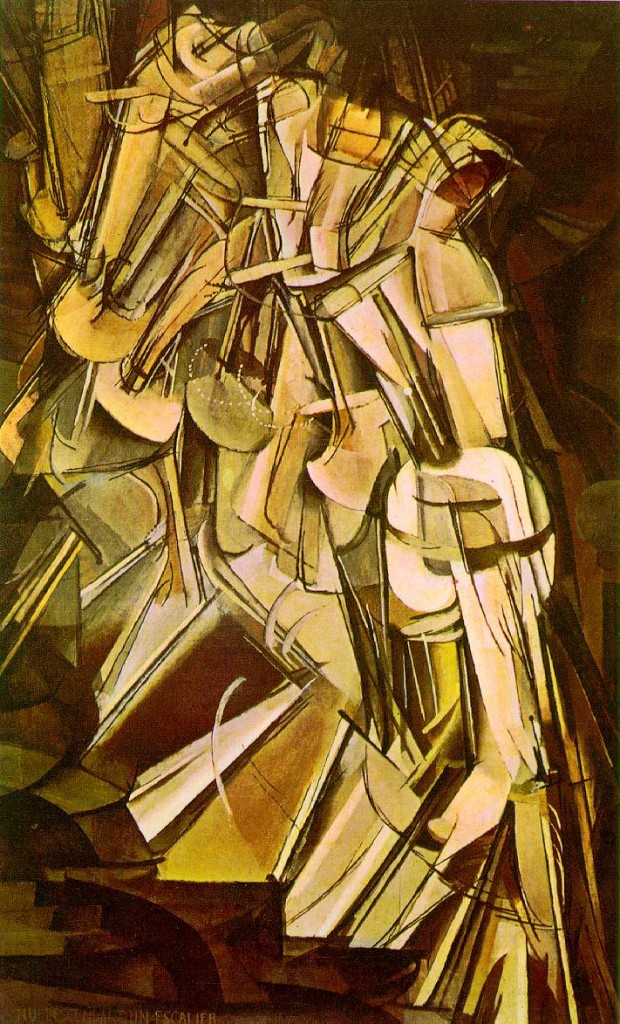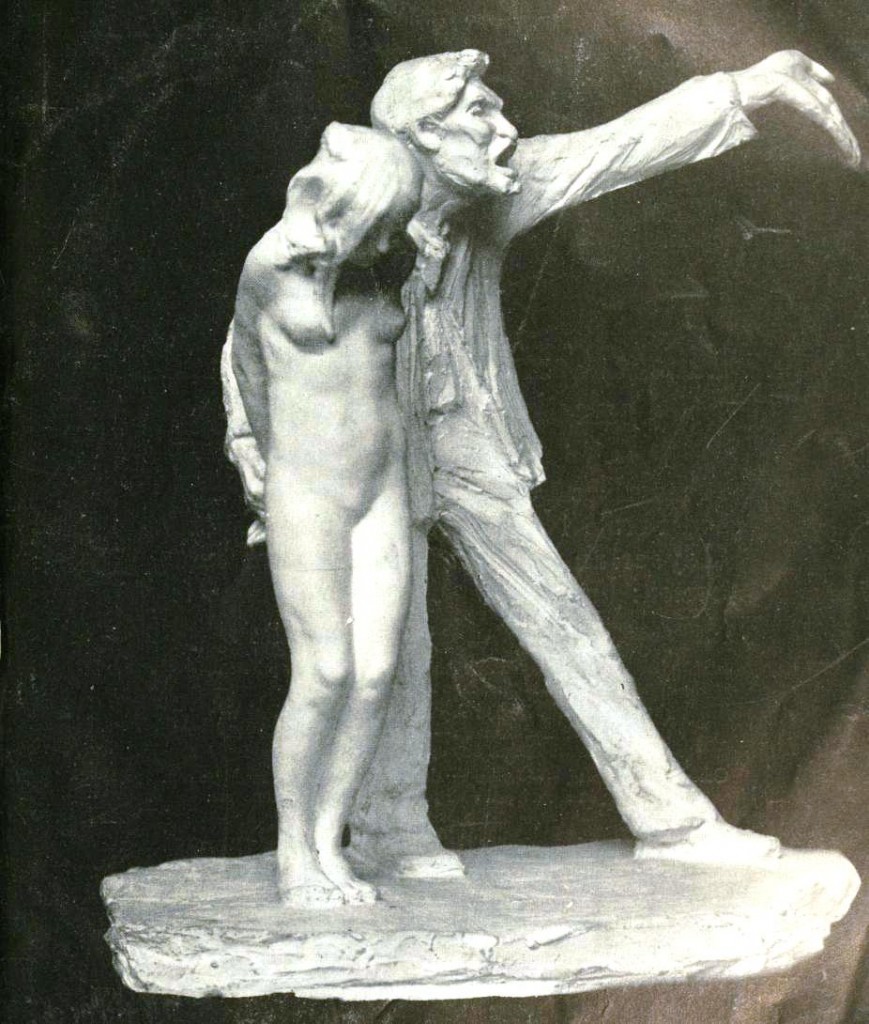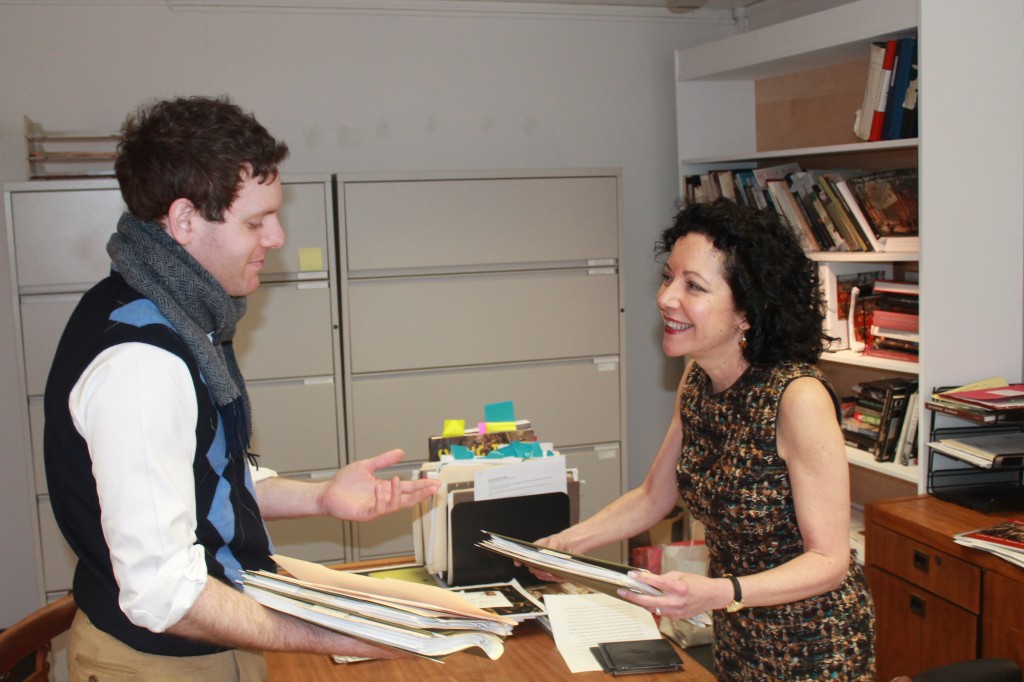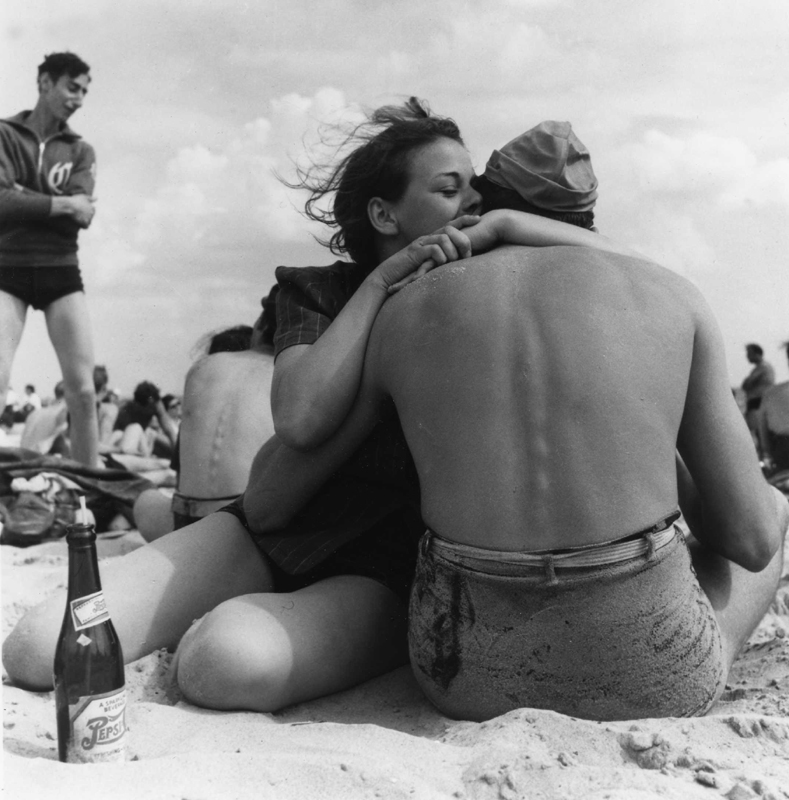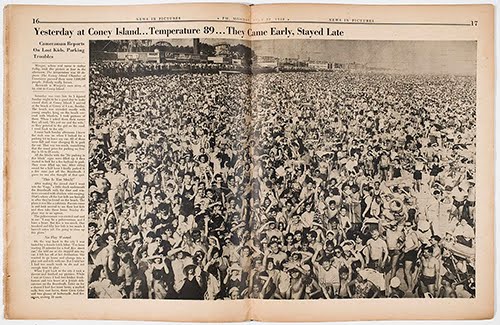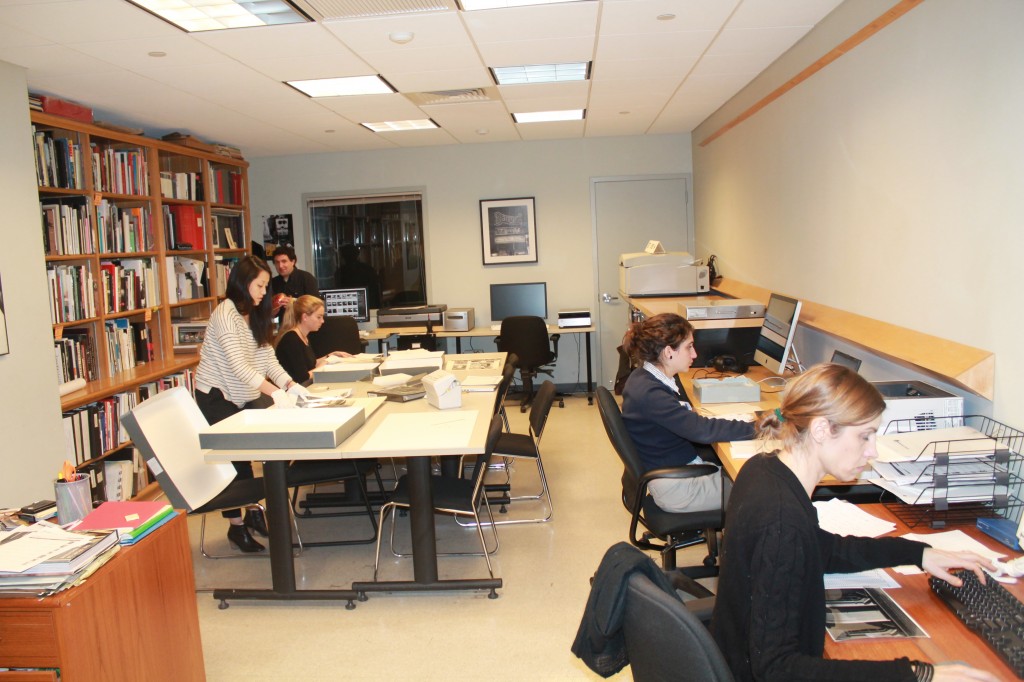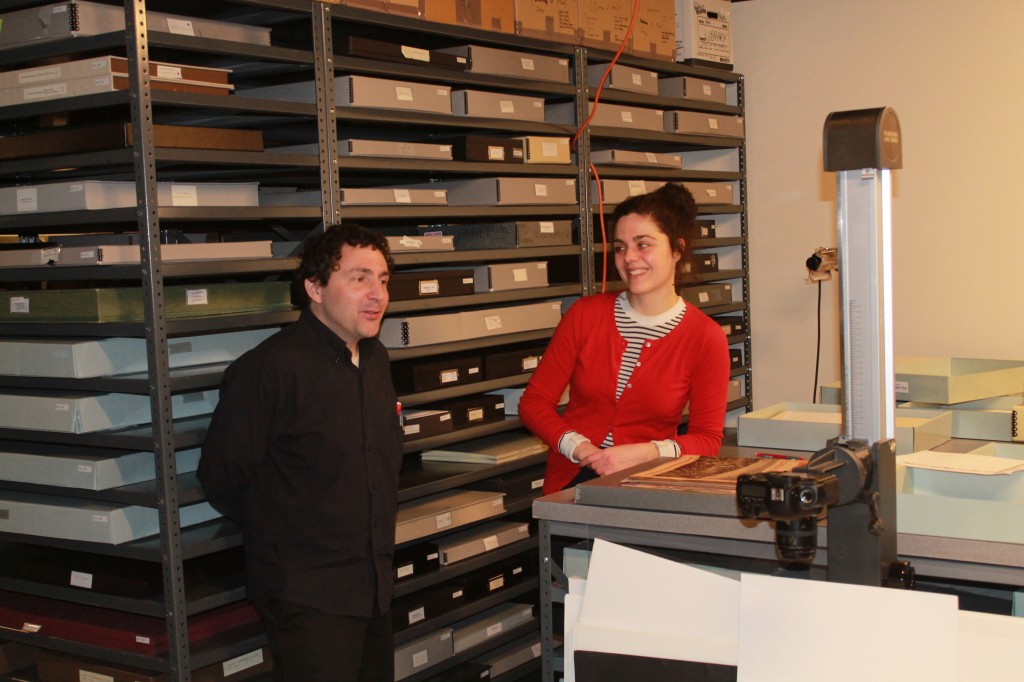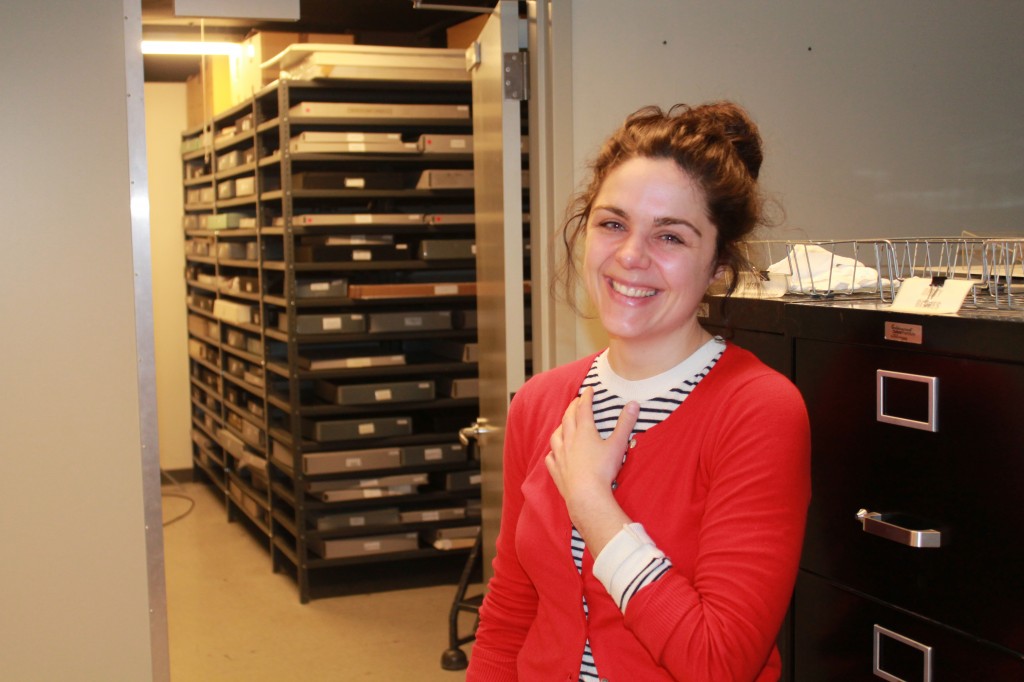I’ve been working on two catalog essays for art exhibitions. They’re further distractions from ever finishing a book, but I am not complaining. Done right, they’re intellectual challenges. Early in 2012, I was approached by Casey Blake on behalf of the New-York Historical Society and was asked to write a contextualizing catalog essay for an upcoming exhibition on the 1913 Armory Show curated by Marilyn Kushner and Kimberly Orcutt. One suspects the kind of piece they had in mind: cinema as a modern art that embodied the fragmentation of time and space.
Therefore: Duchamp’s Nude Descending a Staircase (1912).
Instead, I began to wonder about the impact of emerging feminism on the Fine Arts and how it might compare to what was happening so dramatically in the motion picture industry, where women were moving into directing and starting their own companies. It turns out that a lot was happening in the New York art world when it came to feminism but no one has paid much attention to it. The Armory Show was organized by the Association of American Painters and Sculptors, which had an all-male membership. The Woman’s Art Club and other organizations were not amused. Predictably the situation was complex and fluid and many feminists had work in the Armory Show, including Abastenia St. Leger Eberle, who showed her sculpture The White Slave (1913), made especially for the International Exhibition of Modern Art.
My essay “1913: A Feminist Moment in the Arts,” offers a new perspective on the Armory Show. So look for Marilyn Kushner and Kimberly Orcutt, eds., The Armory Show at 100: When New York Exploded into the Modern World (Yale University Press, 2013). The New-York Historical Society exhibition is opening in October 2013.
I’ve also been working with Robin Jaffe Frank, who recently left the Yale Art Gallery to become Chief Curator and Krieble Curator of American Painting and Sculpture at the Wadsworth Atheneum, taking her show Coney Island: Visions of an American Dreamland with her. Robin has been employing Josh Glick, a recurrent figure on this blog. In fact, Josh is writing a couple of essay for the catalog and we are planning to co-author another.
My own essay “Cameras at Coney, 1940-1962” starts from –but in fact concludes with–three films that feature Coney Island: Weegee’s New York (1948), Morris Engel’s Little Fugitive (1953) and Valentine Sherry’s Coney Island, USA (1951). Weegee and Engel were prominent photographers whose still work often featured Coney Island in the 1940s. Coney Island, USA was shot by still photographer Carroll Siskind. A version of the following photograph by Morris Engel appeared in the recently launched daily newspaper PM on July 21, 1940.
The very day of its publication, Weegee went to Coney Island and took a large number of photographs, one of which appeared in the July 22, 1940 issue of PM.
I’ve been doing research at the ICP (International Center of Photography), which has Weegee’s papers. It’s a great place to work!
As always, that has to do with the people who run it: Claartje van Dijk and Chris George. Chris George also runs the wonderful Weegee blog. Why are archivists always among my very favorite people?
This posting seems likely to have further updates.

